Dead River TWP

Flagstaff Lake from Bigelow Mountain (2003) The township is immediately west of Carrying Place Town Township, host to the next northerly section of the AT. Little Bigelow Mountain, Myron H. Avery Peak, and West…
"Those seeking cold, hard statistics on Maine communities won't be disappointed." —Bangor Daily News



Flagstaff Lake from Bigelow Mountain (2003) The township is immediately west of Carrying Place Town Township, host to the next northerly section of the AT. Little Bigelow Mountain, Myron H. Avery Peak, and West…
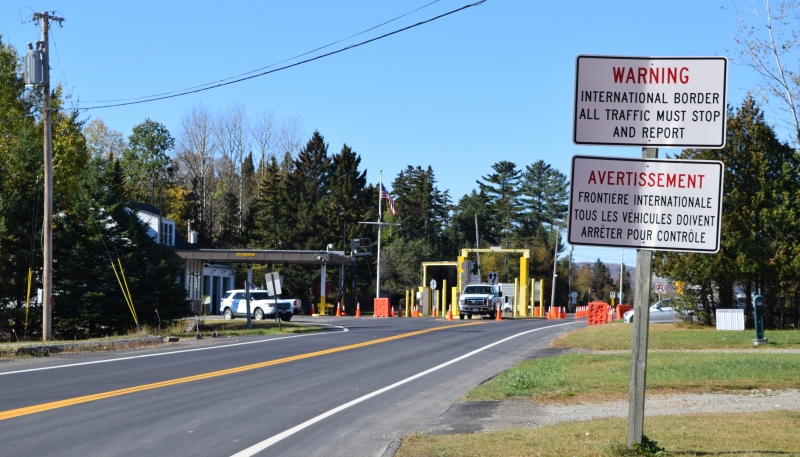
This is a small unorganized township in Franklin County on the border with Canada. It has a very small village with few houses and one store. Logging trucks abound, both in the village and those traveling through from Canada, many with lumber. Without mountains, it does have three water bodies: Arnold Pond, Crosby Pond, and…

[FLAG-staff] plantation was formally organized on March 5, 1895, though it had been organized for election purposes in 1851, 1865 and 1870. Flagstaff and nearby Dead River Plantation were inundated with water from the Central Maine Power Company’s Long Falls Dam on the Dead River in 1949, after a planned and complete relocation of its…
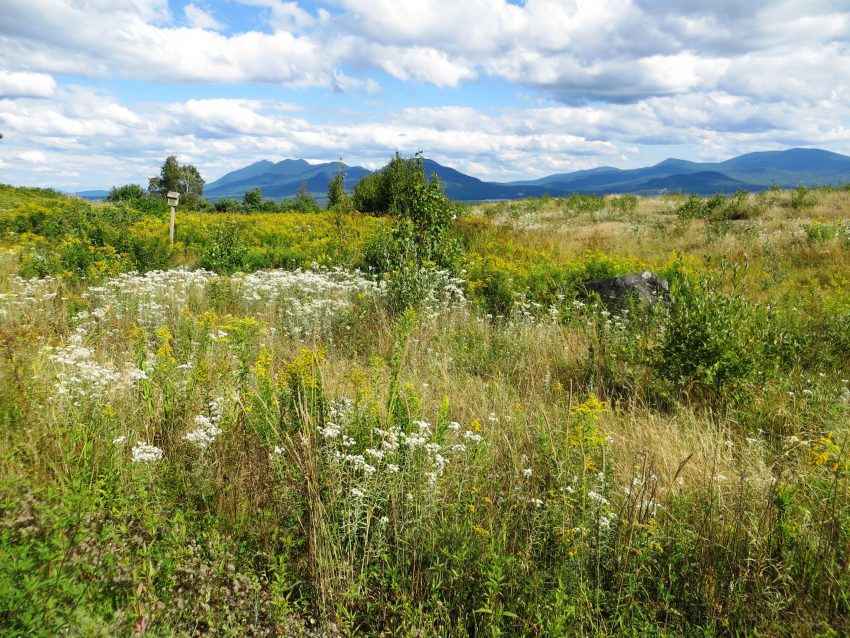
In 1775 the area had been the scene of Benedict Arnold’s march to Quebec. He was accompanied by Col. Timothy Bigelow, who returned to the area and for whom Bigelow Mountain is named. Eustis village in the north of the township, is on the North Branch of the Dead River and is the smaller of the two villages, the other being Stratton.
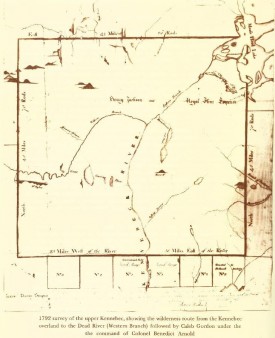
I Caleb Gordon, aged Sixty three years, a citizen of the United States, born in Brentwood in the State of New Hampshire on oath testify & declare (being now resident in Augusta in the District of Maine) that in April 1775 I enlisted as a private soldier for the Continental Service into what was called…

is the name for Township T2 R6 WBKP, which contains the Chain Lakes, a waterway that provided Benedict Arnold’s expedition with the final passage to Canada on October 25th and 26th in 1775. The North Branch of the Dead River flows south from the lakes and provided the expedition with a path to them. Above…
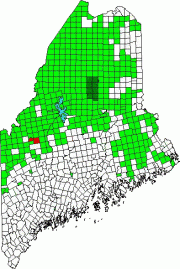
The bulk of Flagstaff Lake (maps on right) cover Flagstaff, Bigelow, and Dead River townships in western Somerset County. See also Bigelow Township.The North Branch of the Dead River (maps on left) flows through the town of Eustis. Comparing the course of the Dead River in 1928 (upper maps) with that in 1956 (lower maps),…
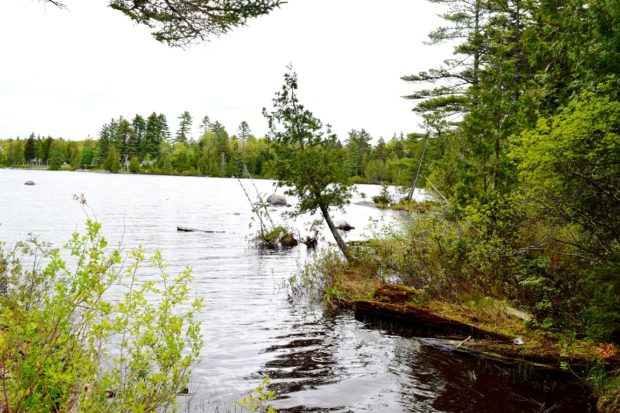
Appalachian Trail routes from details of a 1956 Historic Topographic Map preserved by the University of New Hampshire (see below). This township is technically known as T2 R3 BKP WKR. The latter initials mean Bingham’s Kennebec Purchase West of the Kennebec River. The township (Not to be…
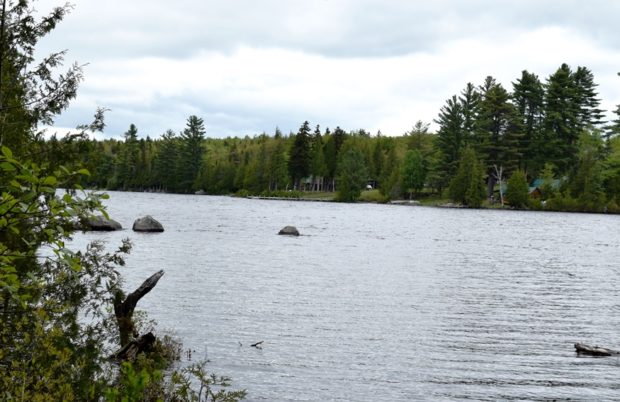
The township is immediately west of the Kennebec River, across from Caratunk, host to the next northerly section of the Appalachian Trail. Access by road begins across the river from Bingham. A right turn brings one to the Carry Pond Road, which proceeds north and becomes a gravel traveled way. The right fork about three…
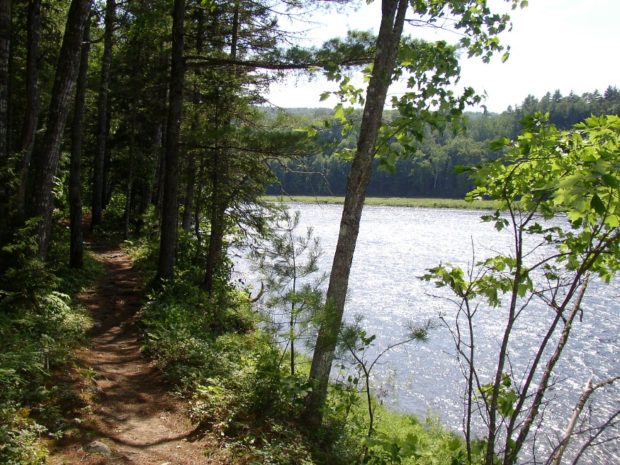
in Somerset County lies 40 miles north of Skowhegan on the Kennebec River, where both Pierce Pond Stream and Pleasant Pond Stream enter. The Appalachian Trail crosses the river aided by a canoe shuttle. Benedick Arnold marched through on his way to Quebec. See video and photos.

Settled in 1772, known as Brookfield, Seven Mile Brook Plantation, and Titcomb Town, it is named for British Lord George Anson. In 1775, Benedict Arnold’s expedition camped at Norridgewock Falls, near the current town office.

The village straddles a bend in the Kennebec River at the junction of Maine Routes 8 and 139, and U.S. Routes 2 and 201A. See photos. The Sandy River empties into the Kennebec in the town. Benedict Arnold’s expedition passed through in 1775. Norridgewock was the home of author Rebecca “Sophie May” Clark, and U.S.Representatives Cullen Sawtelle and Stephen D. Lindsey.

The site of many mills in its history, its largest has been a paper mill at the dam where U.S. Route 201 crosses the Kennebec River from Anson. Until the end of the log drives in 1976, the river was often choked with pulp logs destined for this mill and others. The Lakewood Summer Theater, opened in 1901 in East Madison. Benedick Arnold passed through on his way to Quebec.
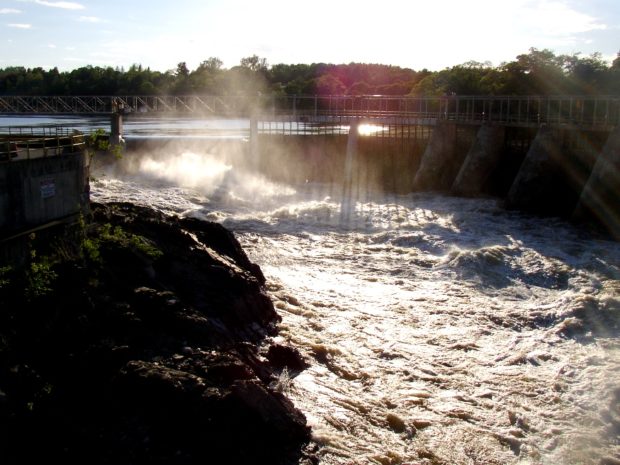
Recorded as Skwahegan in early reports, the name means “watching place for fish,” drawn from the falls in the Kennebec River that harbored salmon. See photos. Local Indians speared them as they attempted to scale the falls. Textile and shoe manufacturing were major employment options for local residents during the late 19th and early 20th centuries. Once home to Camp Modin, a camp for Jewish boys and girls until 1992, Lake George Regional Park is split between Skowhegan and Canaan.
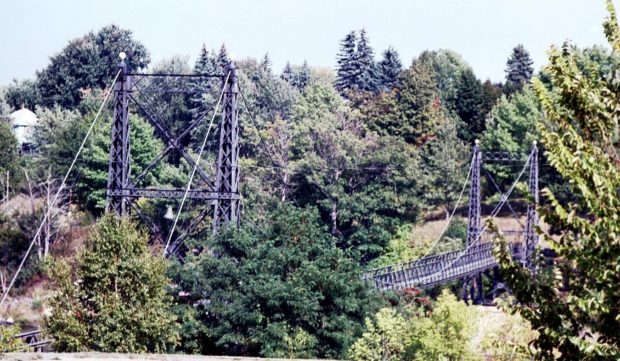
Winslow is on the east side of the Kennebec River, across from Waterville, on Routes U.S. 201 and Maine routes 32, 100, 100A, and 137. See photos. A reconstructed blockhouse of Fort Halifax, which incorporates many original timbers, stands on the fort’s original site.
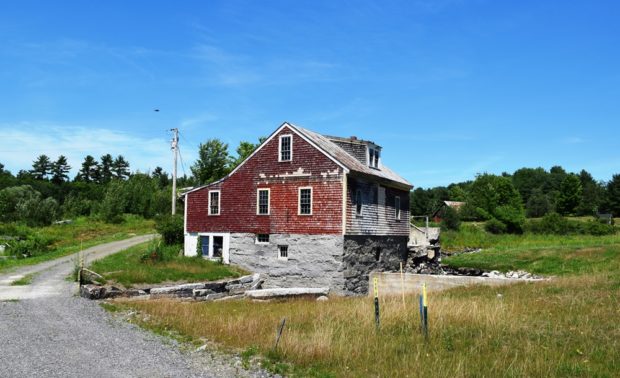
has sufficient space to support farming as well as serving as a residential area for people working in Augusta and Waterville. See video and photos. Benedict Arnold stopped here to obtain a canoe on his way to Quebec. Site of Oak Grove Seminary in 1844, then Oak Grove Coburn school in 1970, then the Maine Criminal Justice Academy in 2001.
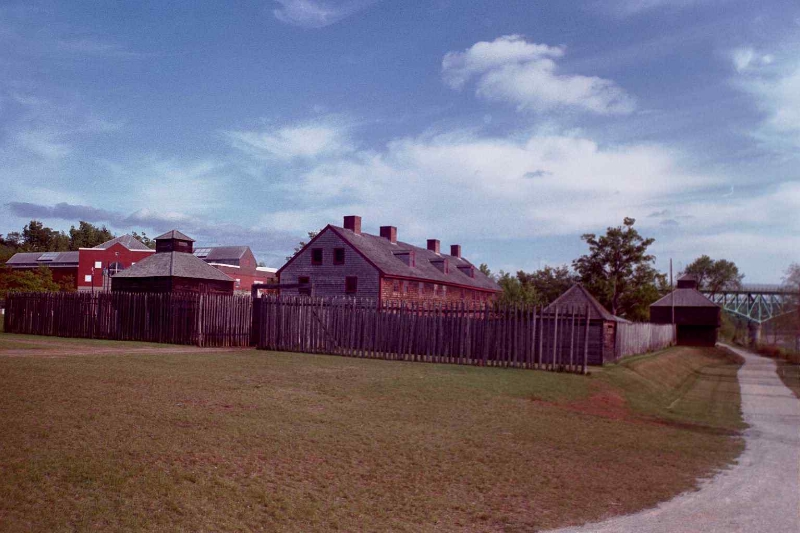
In 1625, the Plymouth Colony Pilgrims sailed to the Kennebec River in hopes of establishing a trading relationship with area Indians. By 1628 the Pilgrims were operating a year-round trading post just south of where Fort Western now stands. The Pilgrims made the voyage in a 38-foof open-hulled, single-masted sailing vessel called a shallop. A…
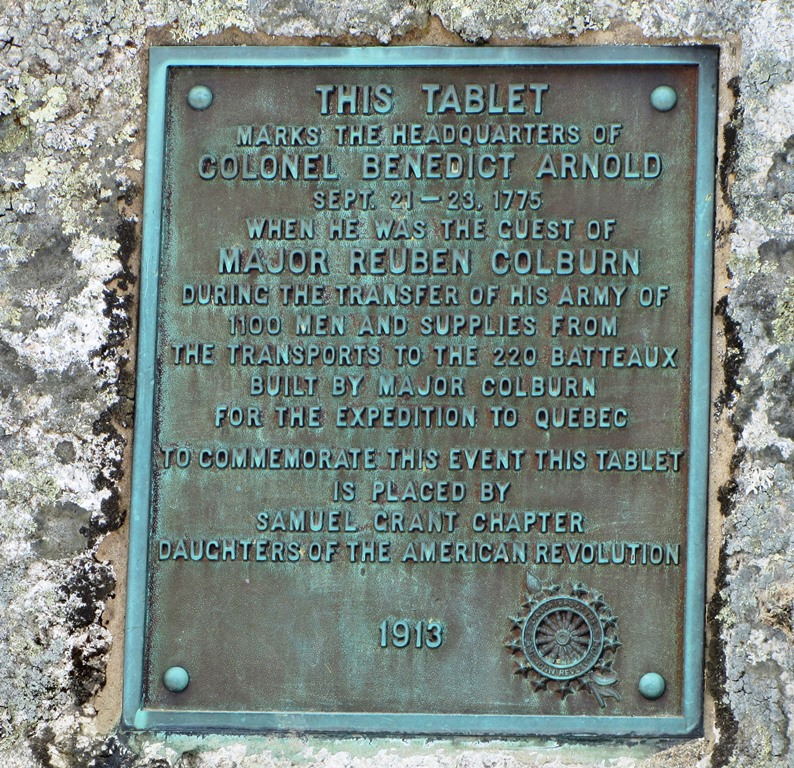
The Reuben Colburn House in Pittston, Maine is the site of one of the original settlements in Maine. Built in 1765, it was one of the first on the east side of the Kennebec River in an area later known locally as Colburntown. See photos. The house and carriage house is now owned by the Arnold Expedition Society. The village of East Pittston is located on the Eastern River near the town line with Whitefield. Route 194 serves the village and the Pittston Fair Grounds nearby.
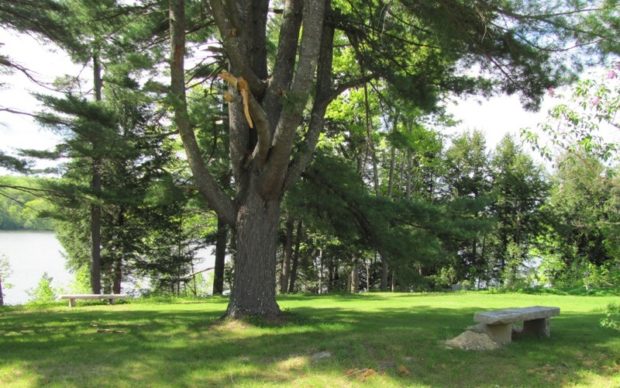
is site of the 1761 Pownalborough Courthouse, the first built in Maine, visited by future President John Adams, Daniel Webster, and Benedict Arnold on his way to Quebec. The Earle R. Kelley Wildlife Management Area and the Dresden Bog are here in the area first settled in 1752.

in the Kennebec River between Richmond and Dresden in Sagadahoc County is the only state-owned wildlife management area that is also a game preserve providing sanctuary for migrating waterfowl and the resident white-tailed deer. It is also the only management area where camping is allowed and programs are provided for visitors. The 1,500 acre island,…